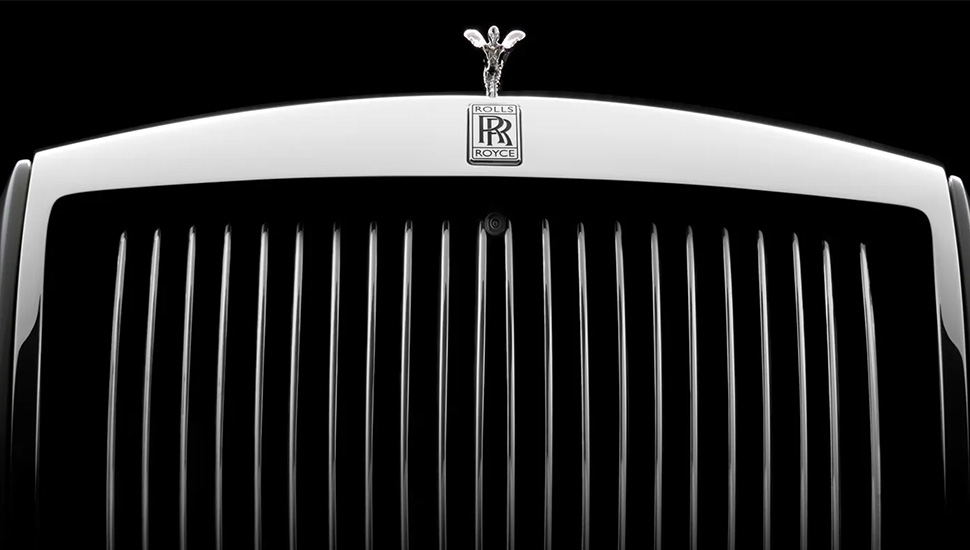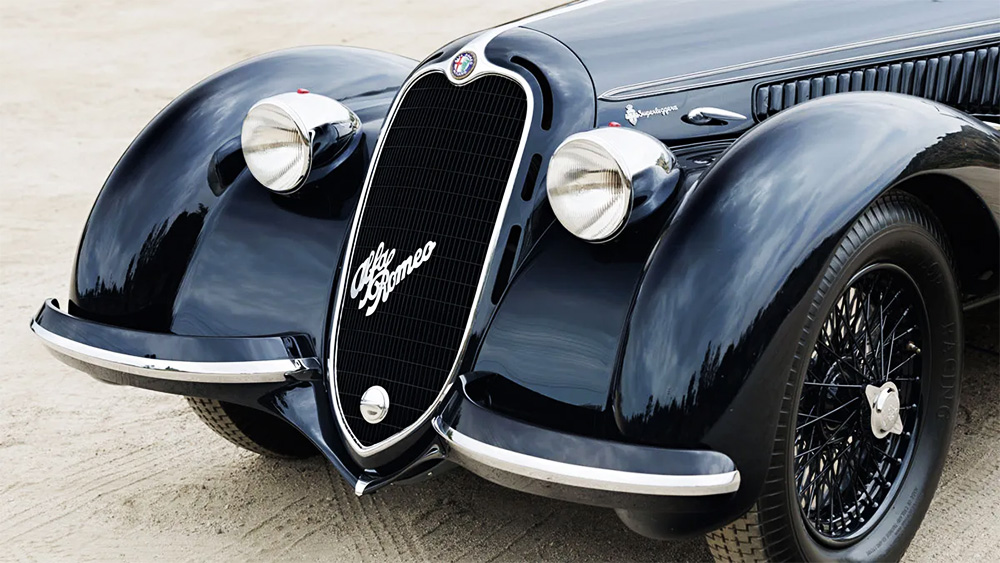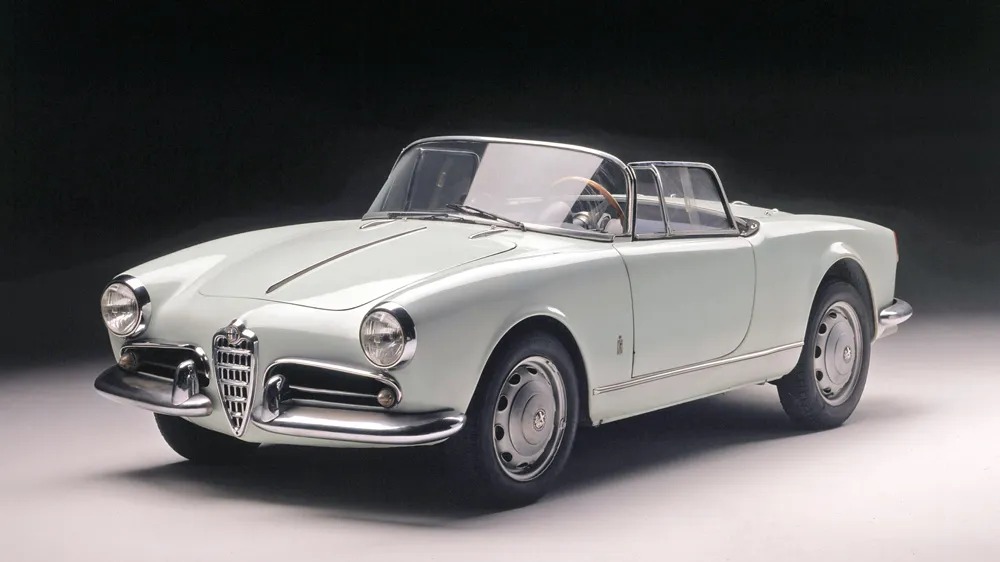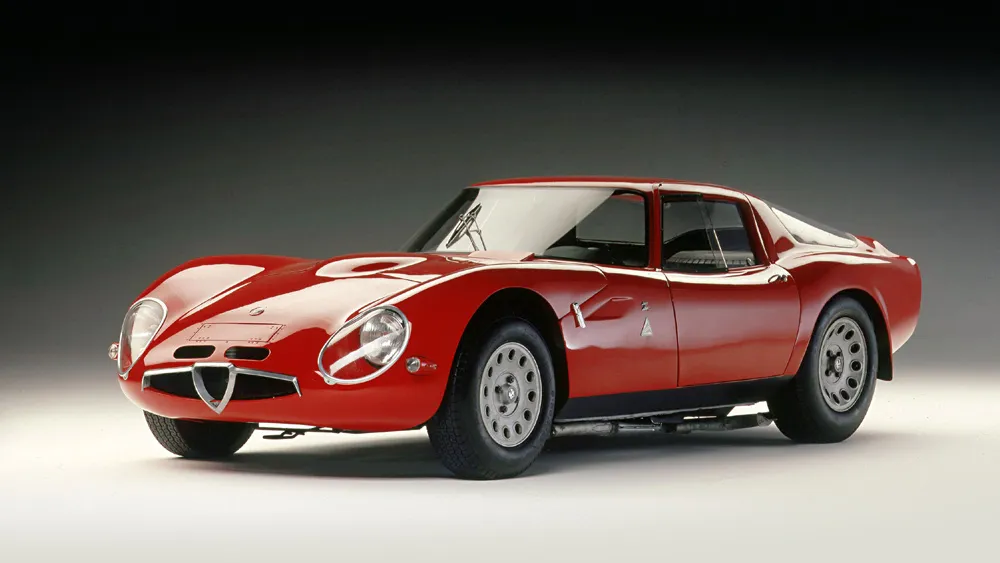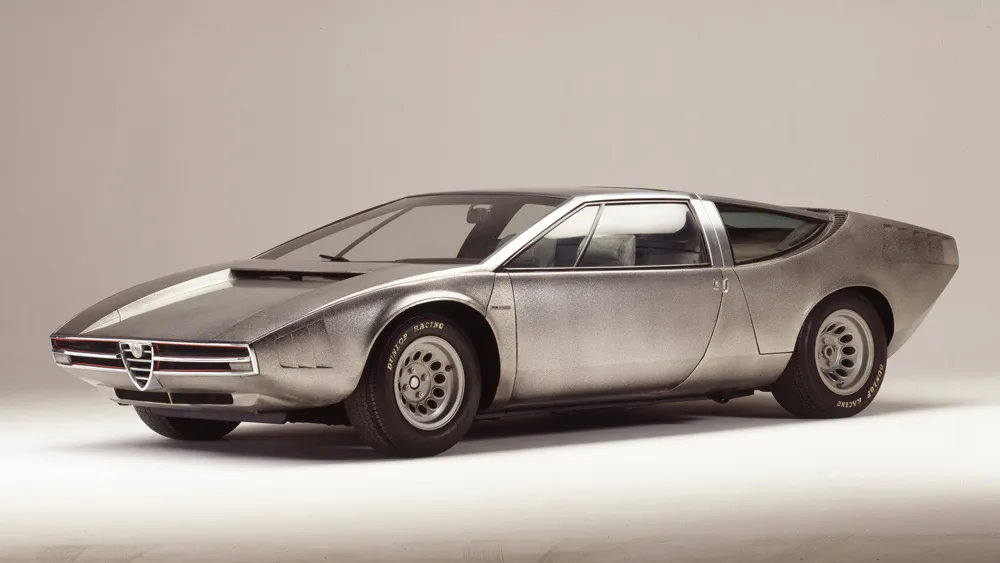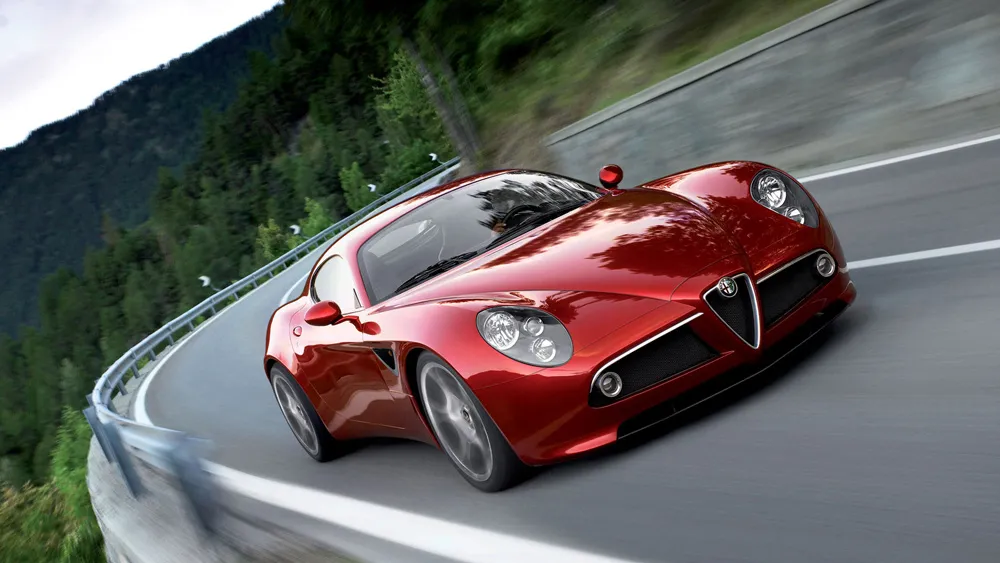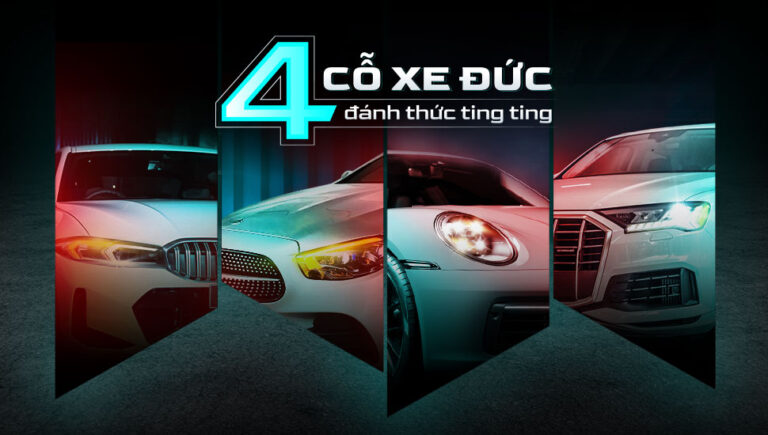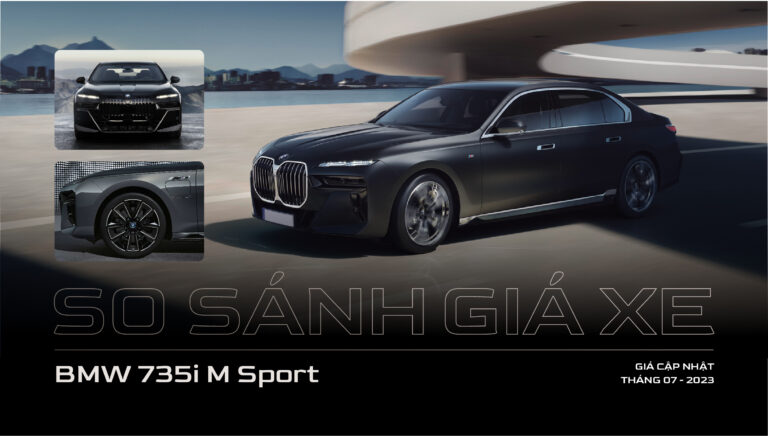The grille isn’t merely a component for cooling engines—it’s a stage for designers to showcase their artistry, often regarded as the “face” that symbolizes each brand. Every grille design carries a unique story of heritage, innovation, and ambition. Throughout the day, Suốt ngày XE invites you to step out and explore the fascinating journeys hidden behind its grille. Surprises await at the end, but take your time—savor the experience as you read.
BMW Kidney Grille: The Legacy of Kidneys
The iconic “kidney grille” of BMW wasn’t born by chance. In 1933, as the BMW 303 was introduced, Bavarian engineers faced the challenge of optimizing airflow for the straight-six engine. Their solution was to split the grille into two parts, creating the distinctive twin-kidney shape. This design wasn’t just functional—it became an inseparable part of BMW’s DNA.
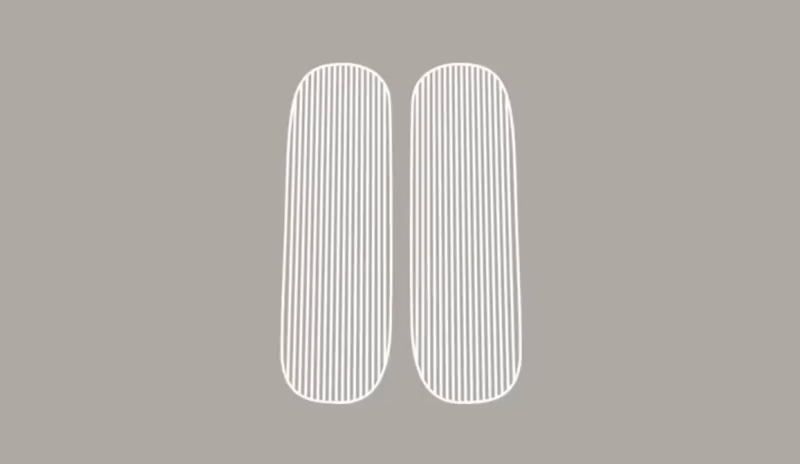
“I can recognize a BMW by its kidney grille, even in the dark,” remarked a vintage BMW collector. From the compact kidneys of the legendary 2002 Turbo to the controversially oversized XXL kidneys on the convertible 4 Series, BMW has developed 17 different kidney grille designs over the years, evolving with every model. Yet, the essence of this design remains timeless, preserved and continuously refined.
Lexus Spindle Grille: A Revolution from Japan
The Spindle Grille debuted in 2011 on the LF-Gh concept car, marking a turning point in Lexus’ L-finesse design philosophy. Inspired by origami art, traditional kimono patterns, and most notably, the spindle—a tool from Toyota’s roots in the textile industry—this grille became a hallmark of the brand.
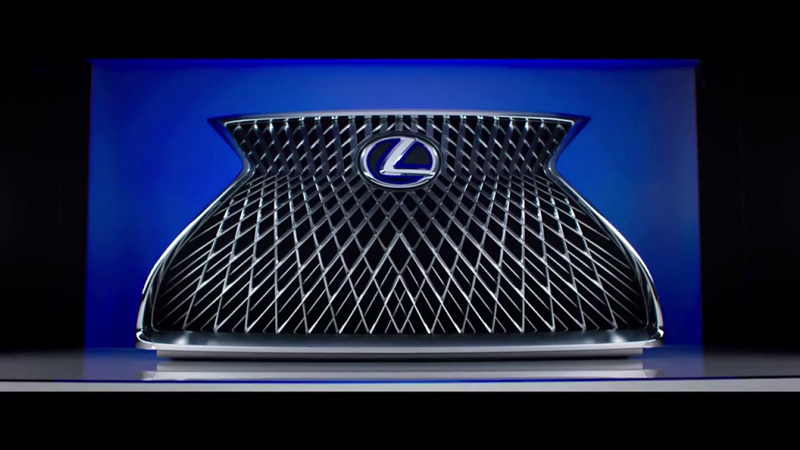
From a geometric perspective, the spindle shape offered no real advantages for airflow. It was purely an aesthetic choice, serving as a brand identifier. Yet, Lexus succeeded. For the first decade, the Spindle Grille featured prominently on models like the LS, ES, and RX. It has progressed to become a hallmark expression of Lexus’s L-finesse design, adopted not only for road-going cars, but also incorporated in the futuristic Skyjet spacecraft and adopted as a design motif in the Loft, the award-winning Lexus and Brussels Airlines lounge.
“It takes hundreds of hours to perfect a spindle grille design,” revealed a Lexus engineer at the Tahara plant. Today, the grille’s design has shifted with the times, and Lexus no longer uses the term “Spindle Grille” in marketing, replacing it with “Spindle Body.” Perhaps this change reflects a desire to let consumers imagine freely.
Kia Tiger Nose: The Mark of Transformation
The “Tiger Nose” grille is a story of Kia’s dramatic transformation under Peter Schreyer, the former Audi design chief. After 25 years with Audi and Volkswagen, Peter took a leap of faith, responding to an unexpected call to join Kia as Chief Design Officer in Seoul.
Peter’s observation of Kia’s historical models led to his next big decision: focusing creative efforts on the grille, a small yet visually dominant feature that constitutes two-thirds of a car’s front. “Win with the grille, and we win the car,” he declared. In 2007, he introduced the tiger nose-inspired design, symbolizing strength in Asian culture.
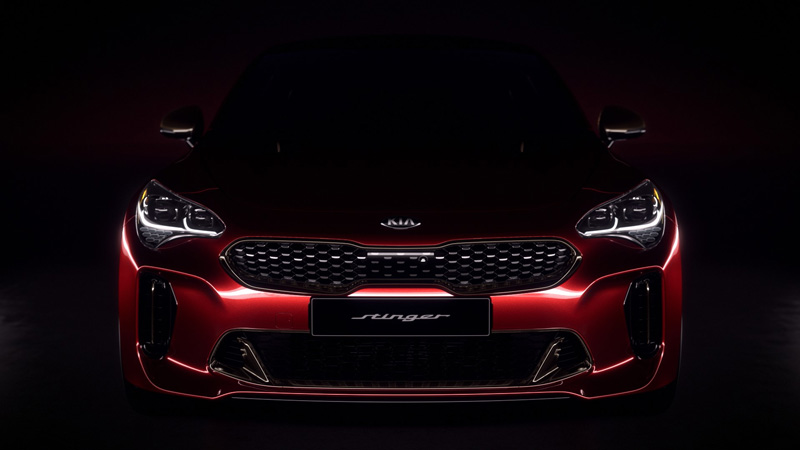
Kia didn’t just win with one model; they won across the board. The third-generation Kia Optima, released in 2010, was the first production car to feature the Tiger Nose grille, setting the stage for a bold and stylish Kia lineup that persists today.
Alfa Romeo Trilobo: Milan’s Unexpected Inspiration
Alfa Romeo, a luxury Italian car brand, may not be widely known in Vietnam, but its designs are undeniably stunning. The inverted triangle grille, or Trilobo, originated in the 1930s and drew inspiration from the shield and cross in Milan’s city emblem.
In 1954, the Trilobo grille on the Giulietta Spider propelled Alfa Romeo beyond Milan, finding acclaim in Paris, London, New York, and Toronto. Like BMW’s kidneys, the Trilobo has evolved while retaining its essence. Though Alfa Romeo briefly entered the Vietnamese market in 2009 through Mekong Auto, its stint was short-lived. Today, a few diplomatic-import Alfa Romeos still grace Hanoi’s streets.
Rolls-Royce Pantheon: The Temple of Luxury
“The Pantheon grille isn’t just a design element; it’s an emblem of perfection,” declared the Rolls-Royce CEO. Inspired by Rome’s Pantheon, the chrome-plated grille crowned with the Spirit of Ecstasy figurine has epitomized luxury since 1911.
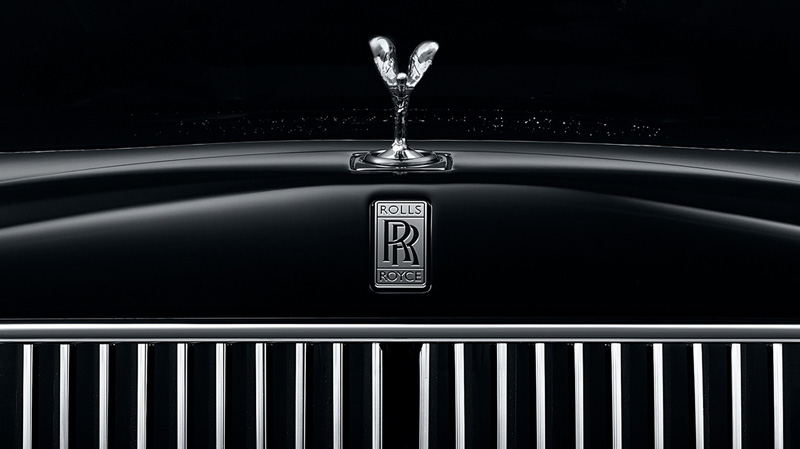
Many modern ultra-luxury brands have reinterpreted the temple-style grille, but none can replicate the grandeur of Rolls-Royce. Founded by Charles Rolls and Henry Royce in 1906, the marque doesn’t sell cars—it crafts legends. The Rolls-Royce Phantom, an icon of regal splendor, offers unmatched personalization and emotional experiences for its owners. Owning a Rolls-Royce remains the ultimate aspiration for the elite.
What if cars didn’t have grilles?
Nothing would change. Take Porsche, for instance: models like the rear-engine 911 or front-engine Cayenne lack conventional grilles. The “face” of a Porsche isn’t defined by a grille but by its hood logo. Yet, the grille, framed by headlights, often becomes the focal point of a car’s front.
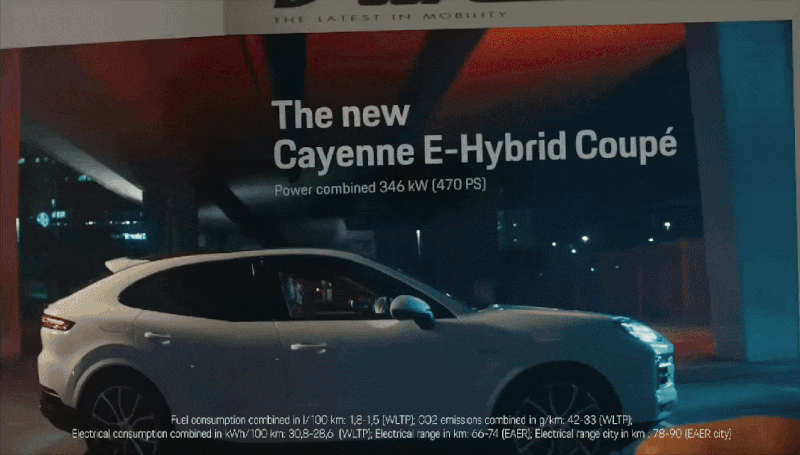
Most modern cars use grilles primarily for decorative purposes rather than functional ones, as they no longer play a significant role in channeling air to cool the engine. In the era of electric vehicles, where cooling is less critical, grille design continues to evolve, incorporating new materials, chrome finishes, and lighting effects. Grilles remain the “face” of every car and brand, providing endless inspiration for automotive designers.
Without this creative canvas, designers might lose their jobs—or shift careers. After all, if every woman were born with a face and figure in perfect golden proportions, plastic surgeons would have no choice but to become veterinarians!
